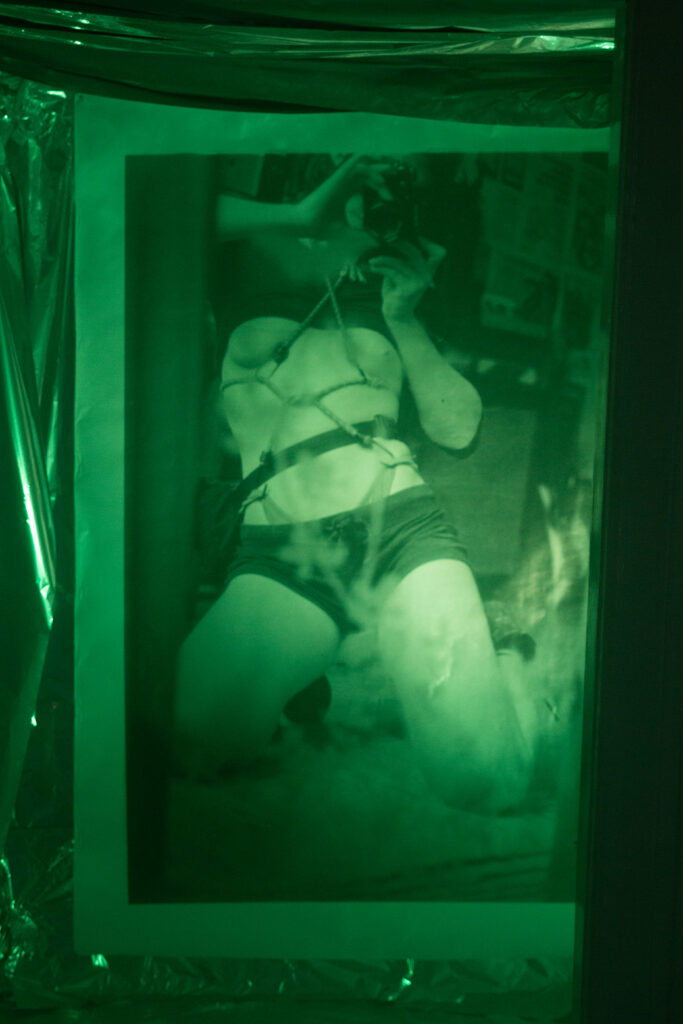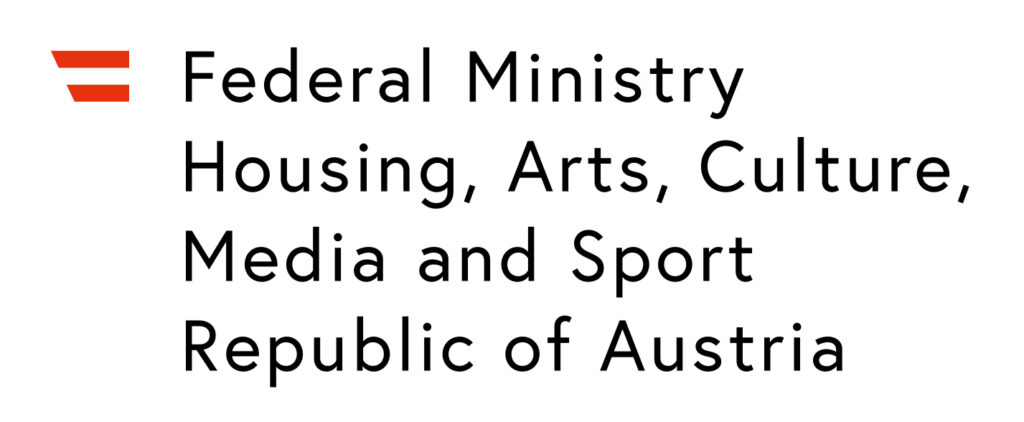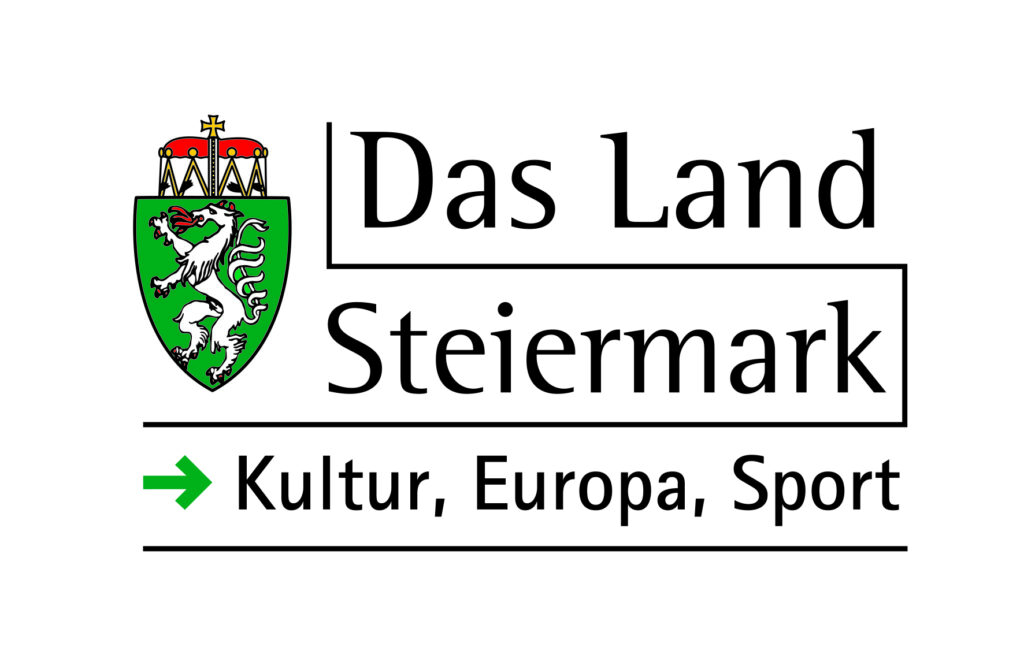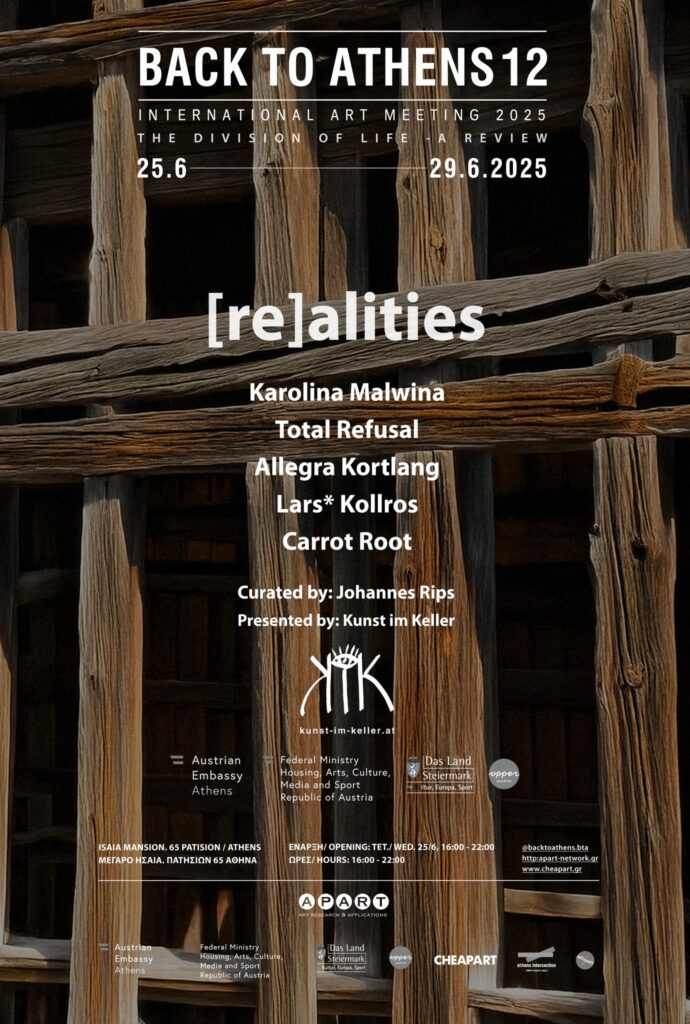

[re]alities was an exhibition that explored the boundaries of realities. It illuminated the
transitions between physical and virtual worlds – how real are realities? Was re-ality
merely a reproduction of expectations, observations, experiences, interpretations, and
re-perspectivizations of the observers, and thus constantly in flux?
From the early forms of theatricality, virtually and hybrid-extended worlds had
continually posed new challenges for their observers. These worlds not only created
new spaces of experience but also questioned existing expectations and opened up
possibilities that were previously reserved for the imagination. Since the 1980s,
video games have been part of everyday life, and by the 2000s at the latest, virtual,
3D-animated worlds had become an integral part of video games, films, and our reality
in general. The question of re-ality had continually accompanied human existence and
needed to be posed and reflected upon again and again.
The term reality referred to the existence of a thing (res, Latin), but it also included the
“re” – the “again.” Reality was thus significantly shaped by already lived experiences
and repeatedly seen things, through which it gained legitimacy and reliability. At the
same time, reality was something highly subjective.
This perspective was also reflected in the overarching event Back to Athens. For the
twelfth time, over 100 international artists and curators gathered in Athens to recreate
artistic worlds – both familiar and new – over the course of one week. The boundaries
between art, performance, architecture, and visitors blurred into a grand mélange – a
re-ality.
The exhibition [re]alities made this concept its central guiding motif and questioned
both the habitual experiences of physical realities brought by the viewers and the
conventions of virtual realities. Visitors were challenged on multiple levels to recognize
their learned ways of seeing – and to relearn them. Hybrid elements in the exhibition
created an augmented reality that merged re-alities, opened a space for reflection, and
continually re-created and made these re-alities tangible.
Total Refusal – Hardly Working
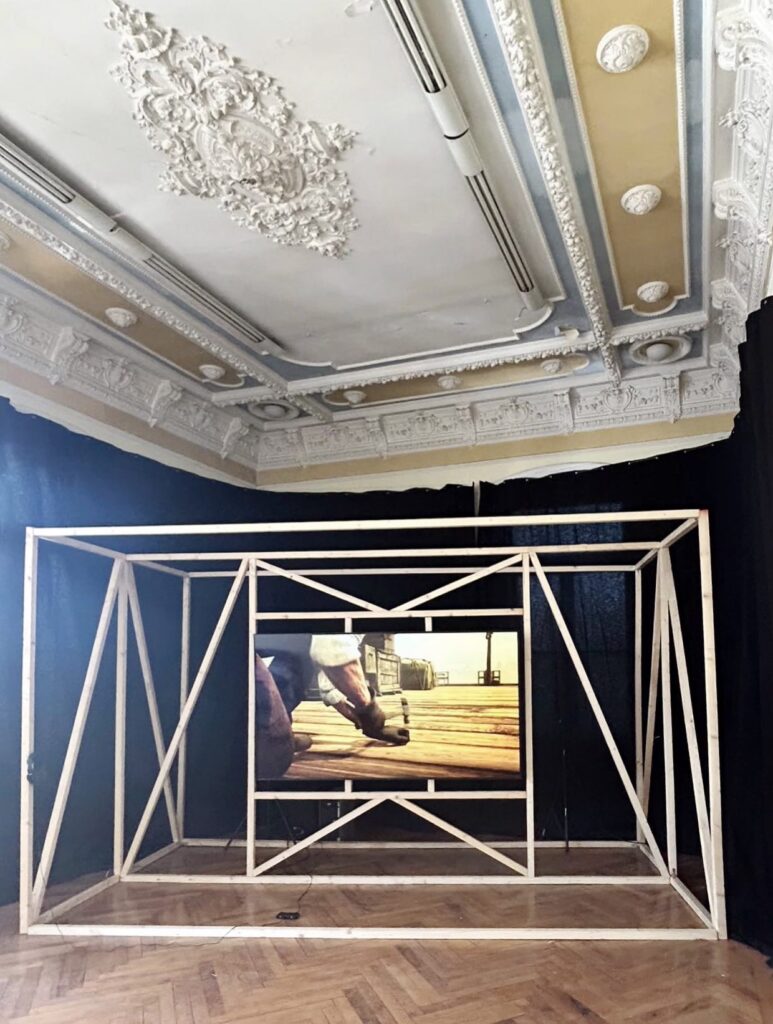
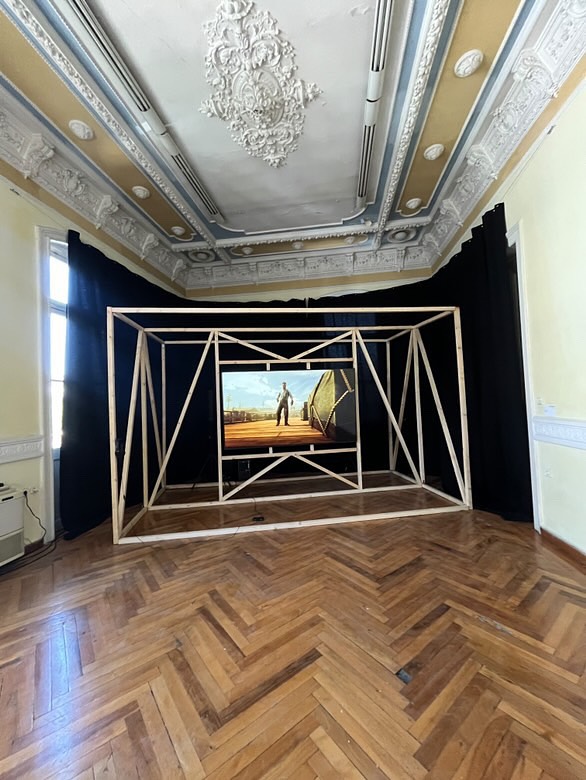
Photos by Julia Harrauer
Total Refusal, with their video work Hardly Working, which occupies the entire space, examine the borderlands of video games and reframe the seemingly monolithic interpretations of these highly capitalized artifacts of the gaming industry. NPCs are digital Sisyphus machines that have no perspective of breaking out of their activity loops. In the moments when the algorithm shows inconsistencies, the NPCs break out of the logic of total normality, and appear touchingly human. Hardly Working gives priority to characters that normally fade into the background of video games: NPCs. NPCs are non-playable characters that populate hyper real worlds to create the appearance of normality. Usually these digital extras play no major role in the story of the game. Here a laundress, a stableman, a street sweeper, and a handyman are the four main characters of this film. With ethnographic precision, the film observes their daily work: a rhythm composed of loops
that makes them work daily and tirelessly. Their work neither results in a product, nor does it change anything about their status quo. In light of Hannah Arendt description of ‘animal laborans’ – in contrast to the acting subject –, the NPCs as individuum are an exaggeration as their work performance actually manifests their status.
Here, work becomes a pure performance, carried out for its own sake. NPCs perform so-called surrogate actions that generate no social benefit. These actions are performed and enforced for the sake of appearances to ensure a social order. NPCs are digital Sisyphus machines that have no perspective of breaking out of their activity loops. In the moments when
the algorithm of their existence shows inconsistencies, the NPCs break out of the logic of total normality, display their own faultiness, and appear touchingly human.
Total Refusal is a pseudo-marxist media guerilla focused on the artistic intervention and appropriation of mainstream video games. We upcycle video games in order to reveal the political apparatus beyond the glossy and hyperreal textures of this media.
Allegra Kortlang – Back to the Womb
Allegra Kortlang, with her two-channel video installation Back to the Womb, created specifically for this exhibition, explores the escape tendencies of wealthy individuals into luxury bunkers and gated communities.
Allegra Kortlang is a trained photographer and practicing artist. She initially worked with analog photographic techniques before turning to digital media and moving images. In her work, she addresses social issues and often expands them into fictional spaces. As a result, her projects incorporate a variety of media, frequently blending 360-degree cameras, virtual 3D environments, analog recordings, and physical objects in real-world spaces.
By expanding into fictional realms and blurring the boundaries between virtual and real spaces, she aims to lend greater weight to the topics she explores and to clarify the message of her work.
She lives and works in Berlin and Vienna.
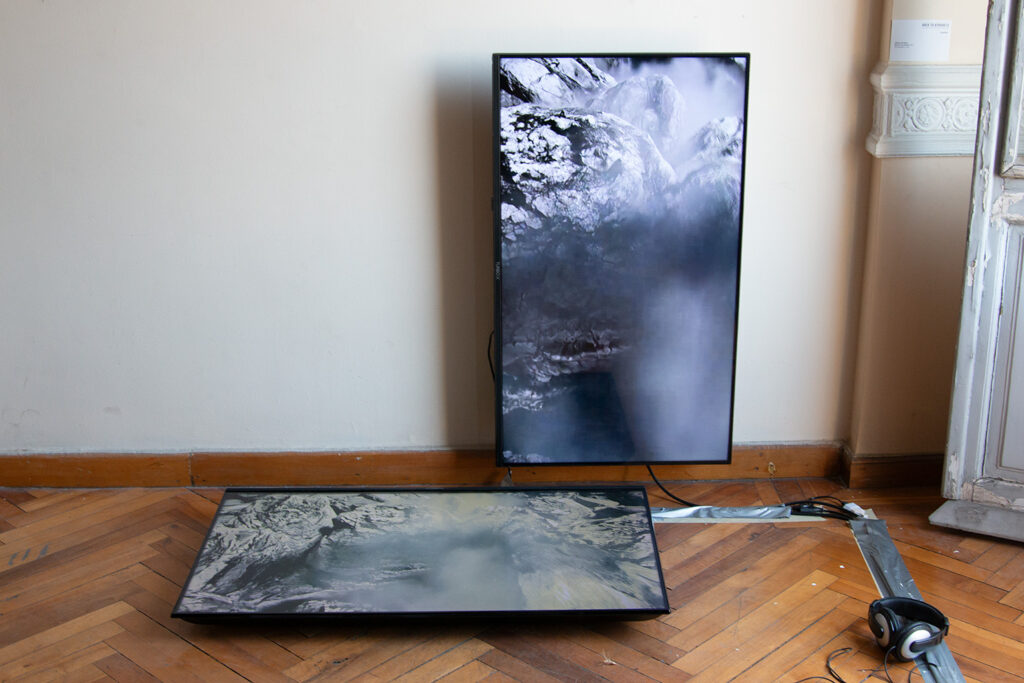
Karolina Malwina – this, too, was liquid
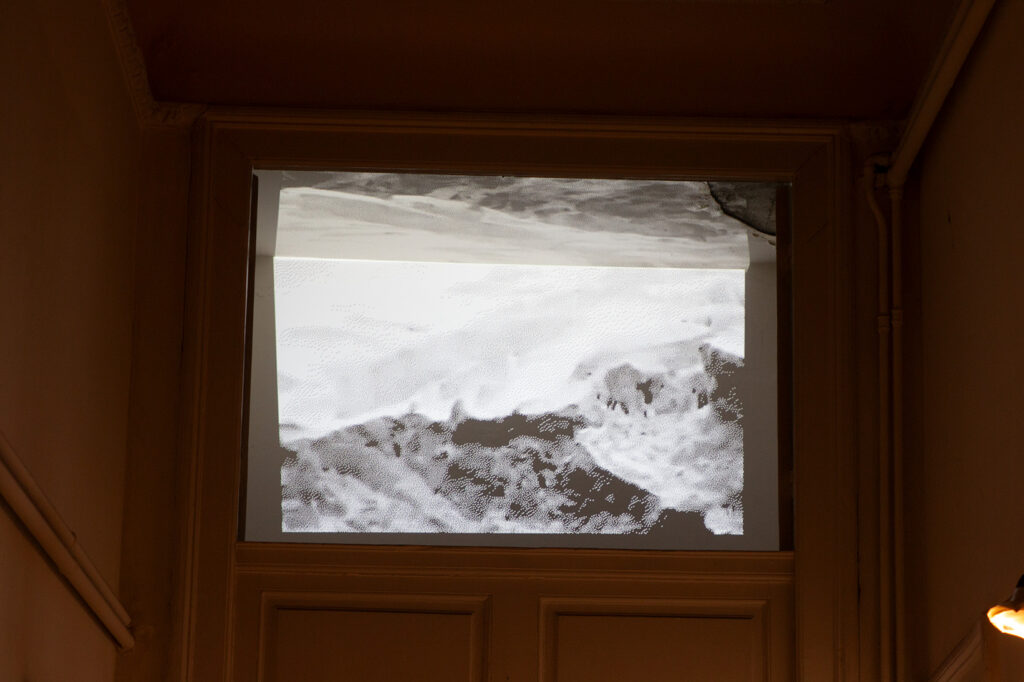
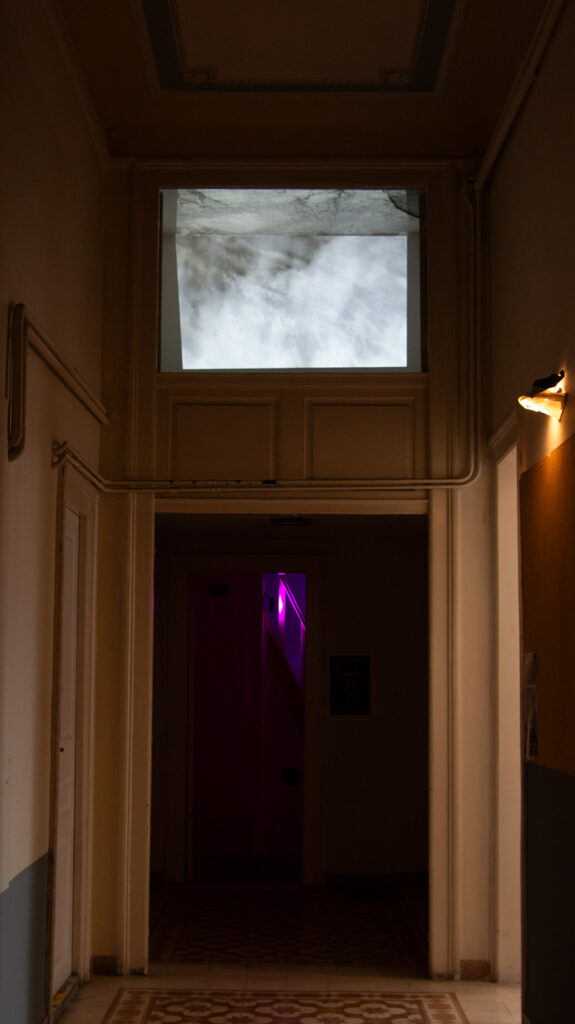
Karolina Gruschka, with her video work this, too, was liquid—shown for the first time—sheds light on the artistic possibilities of technical chance and guides our gaze into the usually invisible in-between worlds of digitalization. By interrupting a digital distillation
process and visualizing this distillate for us, she offers a glimpse into machine vision.
Karolina Malwina navigates the landscapes of modern media to untangle and reweave the invisible threads between technology and society—sometimes with a touch of humor. Her works are a blend of serious inquiry and playful experimentation, intended to make viewers smile at first, and then reflect. She often uses chance as a method to break down structures and open up new perspectives.
In this context, humor serves as a tool to make her investigations more accessible. With a particular focus on the role of women in technology and society, her installations and video works frequently highlight the absurd facets of our digitalized world. Her goal is not to create art for its own sake, but to use art to create spaces for reflection and discourse. Through critical engagement with social media, archiving, and data storage, she seeks to expose the invisible power structures and societal norms that become visible in the digital world.
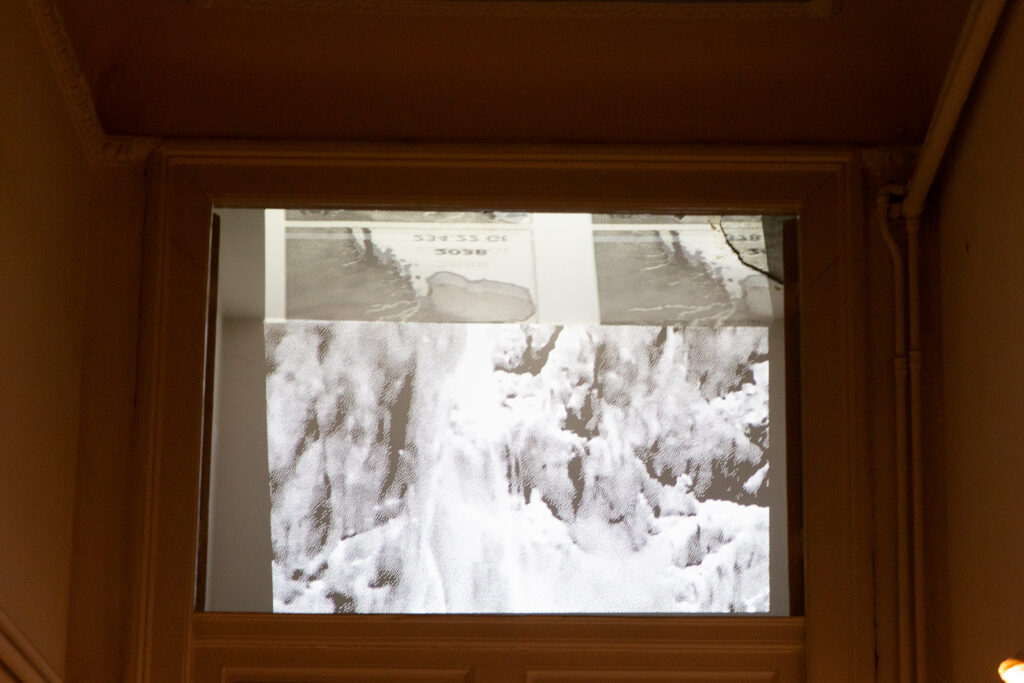
Lars* Kollros – Working Class
Lars* Kollros installation Working Class is an interactive room installation that connects the former servants apartment of the exhibition building with working class clichés like tinsel, tinfoil and disturbing a video and light installation in a room filled with smoke.
In the installation Lars* Kollros also did a performance.
Lars* Kollros works in a multimedia and interdisciplinary manner. Central to their projects and works is the intersection of body-political questions and media discourses—how these relate to one another, influence each other, or have become inseparable: the body as a medium, and media as extensions that constitute and locate the body within specific concepts of space and time.
Often at the core of this exploration is also the internal logic of the media apparatuses themselves. The works are typically political in nature and engage actively in contemporary discourse. Post-pornography meets posthumanism.
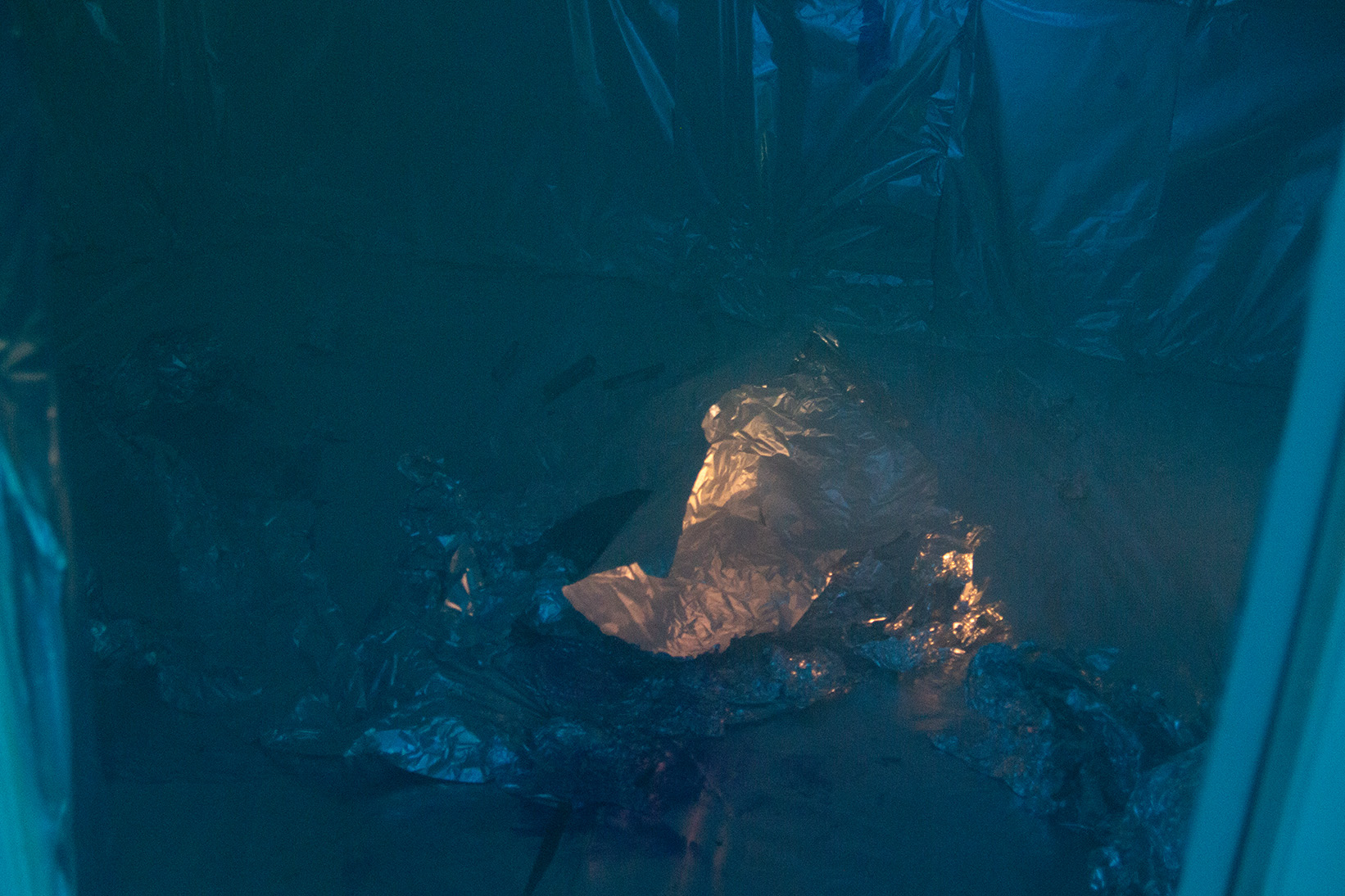
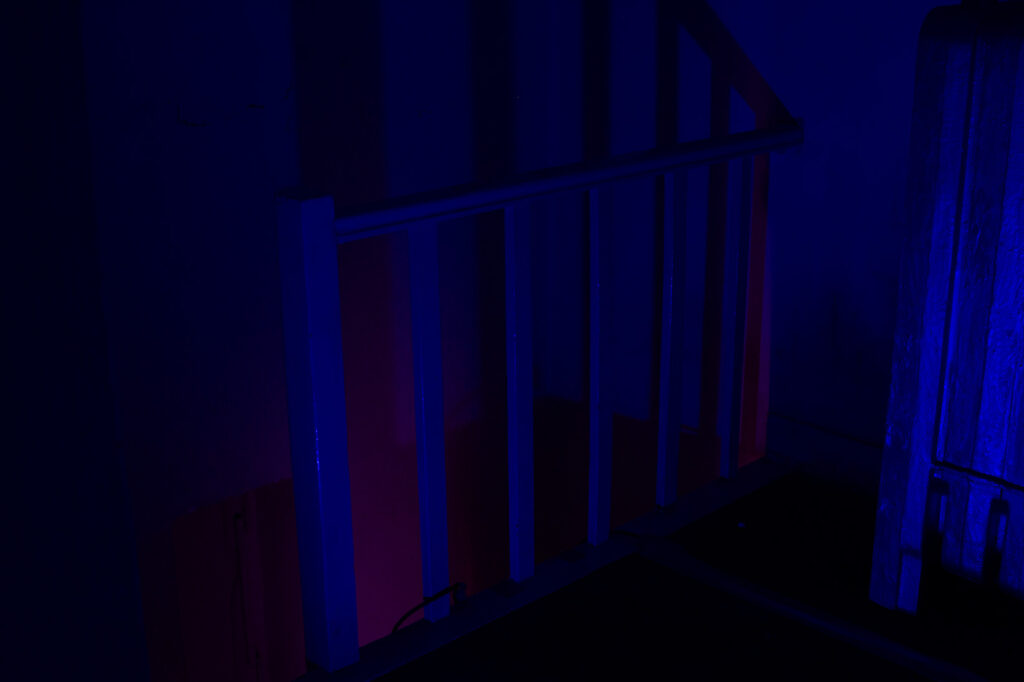


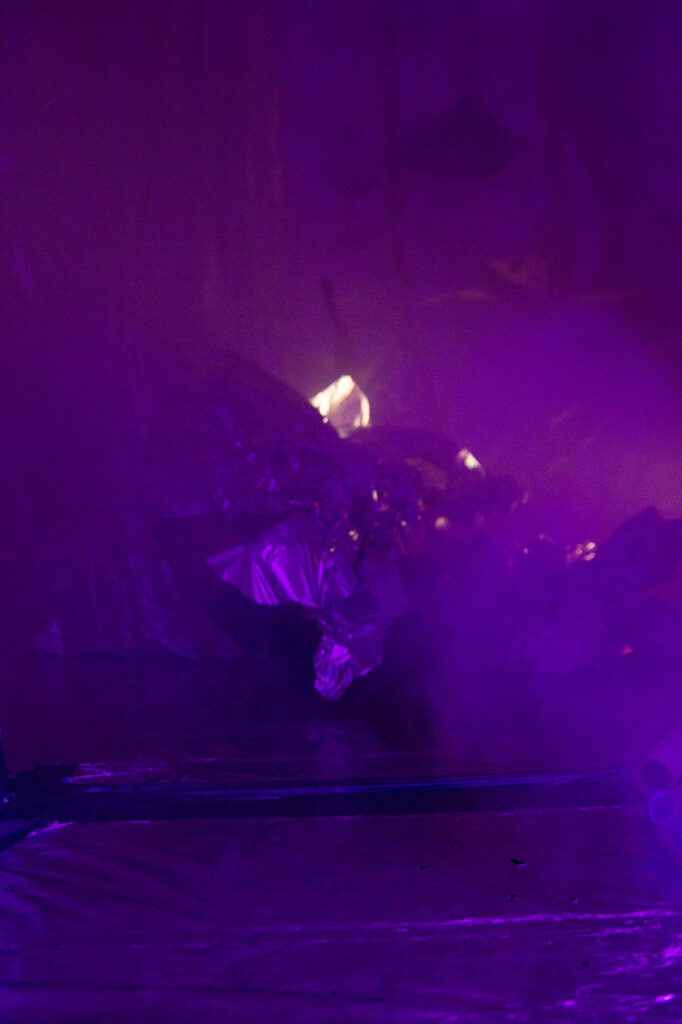
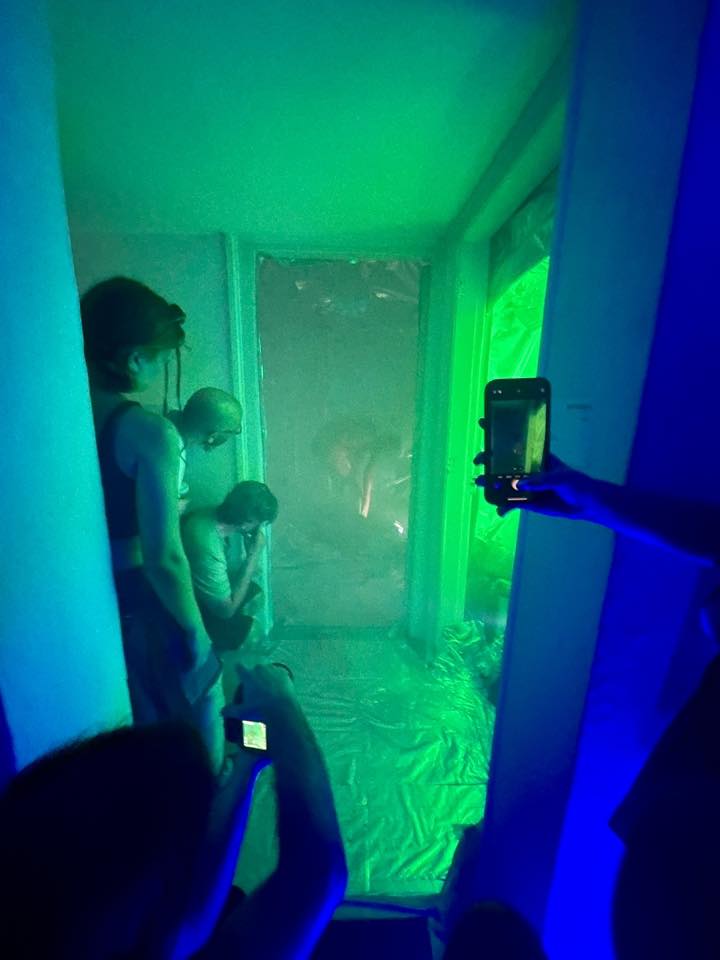
Photo by Fotini Kapris
Carrot Root – My Own Gaze
Carrot Root explores in My Own Gaze the reclamation of sexuality and desire through photography. This reclamation is marked by a shift to an active perspective—literally manifested in the act of holding a camera. Her use of elaborate and expensive analog photography, developed as silver gelatin prints, symbolizes a conscious decision to embrace self-love and affirm personal worth, desires, and wishes. The resulting images embody the
dignity of moving beyond shame, giving rise to sensually charged visual narratives. Through black and white analog photography, Root captures a space rich with thought, dreams, and joy.
Carrot Root is a musician, performer, photographic artist, and biochemist from Lower Austria and Vienna. In her current project Habenichts_in, she combines “muted lyrics and stolen melodies” with accordion music, noise sounds, and feminist texts. She has participated in exhibitions in Vienna (Parallel Vienna, Vienna Art Week), Athens (Back to Athens, Cheapart), and Germany, and has been touring across Europe with her music projects for over ten years.

